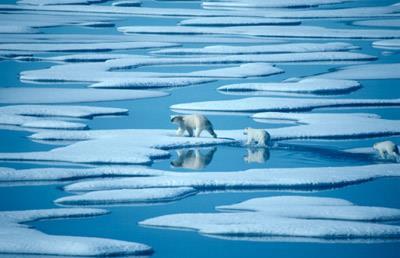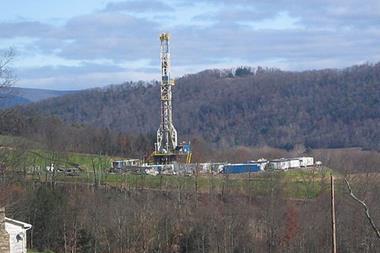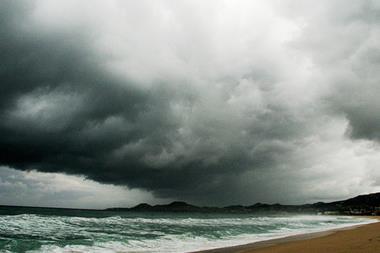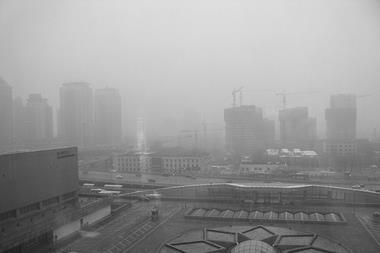Decline in sea-ice coverage in the Arctic has been accompanied by a substantial decrease in ice volume

Arctic sea ice has declined by 36% in the autumn and 9% in the winter between 2003 and 2012, a UK-led team of scientists has found.
Researchers used new data from the European Space Agency’s CryoSat-2 satellite spanning 2010 to 2012, to that from NASA’s ICESat satellite during 2003 to 2008 to estimate the volume of Arctic sea ice.
They found that from 2003 to 2008, autumn volumes of ice averaged 11,900 cubic kilometres, but that from 2010 to 2012, the average volume had dropped to 7600 cubic kilometres – a decline of 4300 (36%).
Between 2003 and 2008, the average ice volume in the winter was 16,300 cubic kilometres. However, this had dropped to 14,800 cubic kilometres between 2010 and 2012 – a loss of 1500.
The findings also confirm for the first time that the decline in sea-ice coverage in the Arctic has been accompanied by a substantial decrease in ice volume.
The findings are the result of international collaboration between teams from UCL, the European Space Agency, the Jet Propulsion Laboratory, the University of Washington, York University, Alfred Wegener Institute for Polar and Marine Research, Woods Hole Oceanographic Institution, Morgan State University and the University of Maryland.




















No comments yet